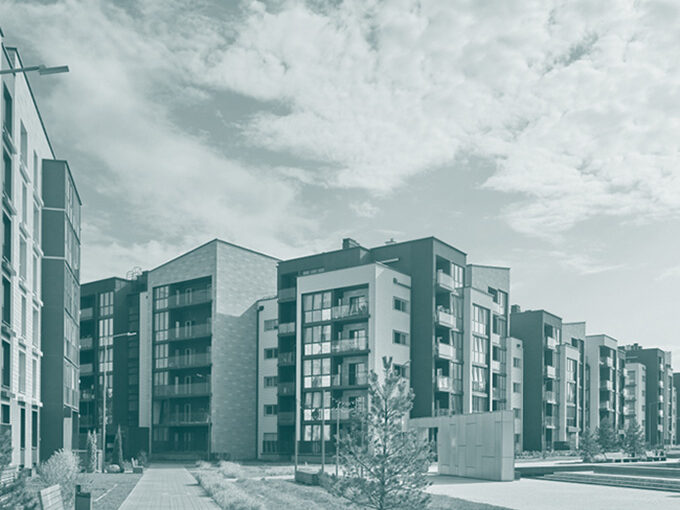Saffery has today launched its inaugural Real Estate Sentiment Index.
Published to coincide with MIPIM 2022, which focuses this year on the theme of ‘Driving Urban Change’ to enhance liveability, sustainability, resilience and affordability in the face of rising social and environmental challenges, the research gathered the views of more than 100 business leaders and professionals in the real estate sector from across the UK, benchmarking their perceptions of the market and opinions on issues ranging from climate change to technological innovation in construction.
Reflecting on the challenges facing the industry and wider society, while overall market confidence for the year ahead (2022) is strong, the vast majority of respondents (76%) do not think the industry is yet taking sufficient action to address the challenge of climate change.
This perceived lack of action comes even as sustainability and broader ESG issues are rising in prominence, with 70% of respondents saying that they at least sometimes consider such criteria in their current investment strategy, development and projects.
Cost emerged as the number one barrier to prioritising climate change initiatives, though there was general agreement (70% of respondents) that a ‘green premium’ was driving higher values or returns for buildings with positive ESG credentials.
The responses suggest innovation will play a key role in addressing climate related risks, with improving energy efficiency and reducing carbon footprint selected by more than a third of respondents as being the primary benefit of increased use of technology in development.
Sean McGinness, Head of Real Estate at Saffery, comments:
“Climate change is a critical issue and it is right that all industries make a meaningful contribution. The built environment has a significant role to play, with interventions such as increasing building energy efficiency and reducing the carbon footprint of construction potentially making a real difference. Cost remains a perceived barrier, but there is a strong economic argument for prioritising builds which deliver higher values in the near term and resilience over the long term. There are also a range of incentives which can be drawn on to help with funding, including in the form of tax reliefs. Meanwhile it is surely a question of when, not if, the government legislates for real estate in the way it has done for the motor industry – including potentially through punitive taxes on undesirable products.”
More widely, with investment activity seeing a significant rebound in 2021 after the downturn caused by Covid-19, survey respondents identified a range of factors which will need to be carefully navigated in 2022 in order to sustain continued growth.
Chief among these is supply chain disruption (cited by 75% of respondents) with general cost of doing business, labour availability, economic/political environment and securing planning making up the top five.
McGinness added:
“We are seeing real optimism in the market overall and across sectors – be that increased housebuilding in line with government targets, the growing interest in emerging sectors such as build-to-rent, and the reinvigoration of our high streets and city centres. There is a strong appetite across the UK for investment and development opportunities. But we should not downplay the challenges. Rising prices and supply chain disruption has added friction to an industry already seeking to evolve to cope with an ageing workforce and the impact of Brexit. Taken together, many in the industry, especially SMEs, may see their margins squeezed and will need to be increasingly alive to the potential options available to preserve and enhance their cashflows and realise value from development opportunities.”










